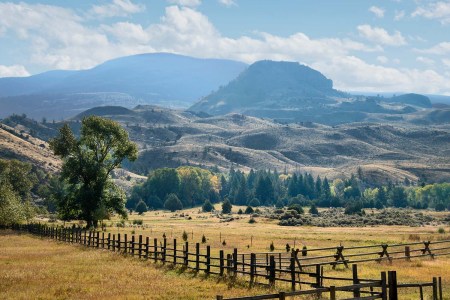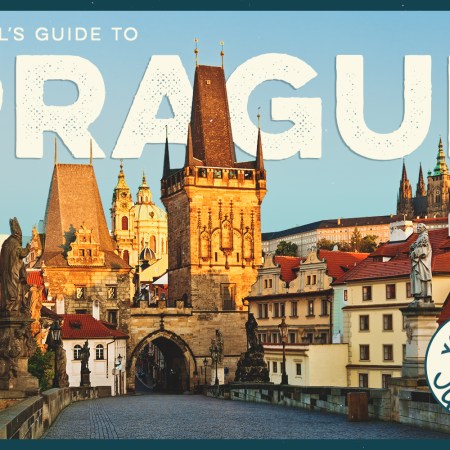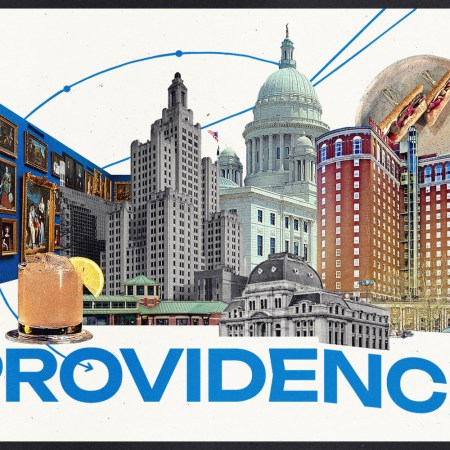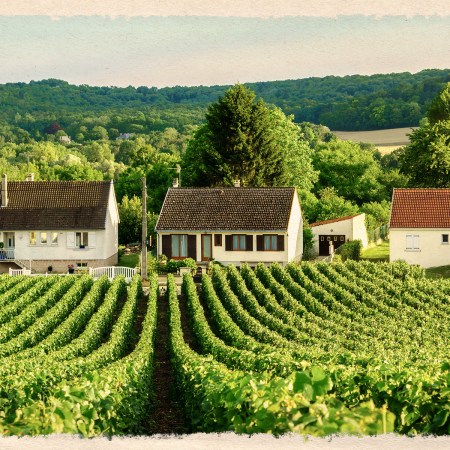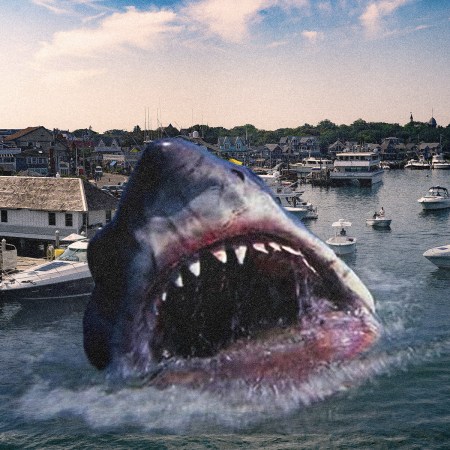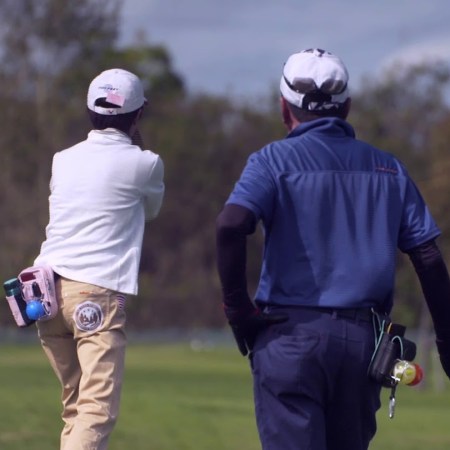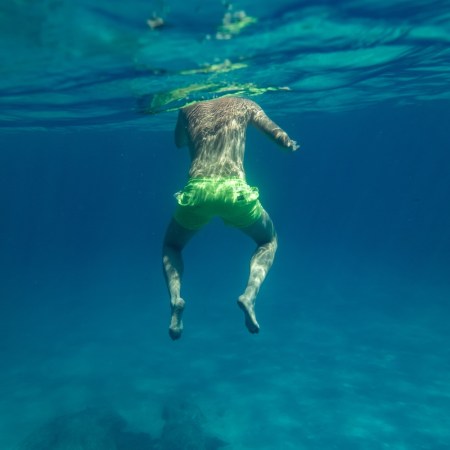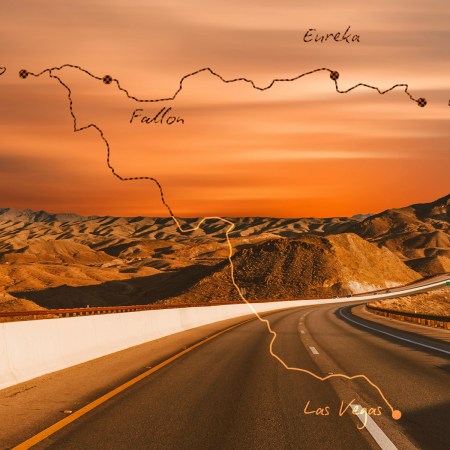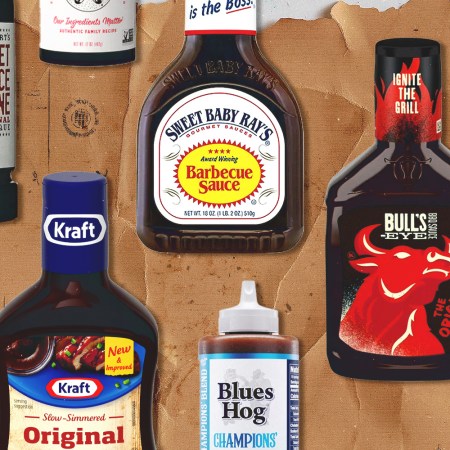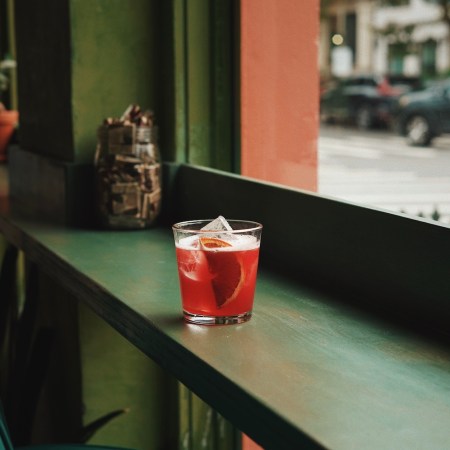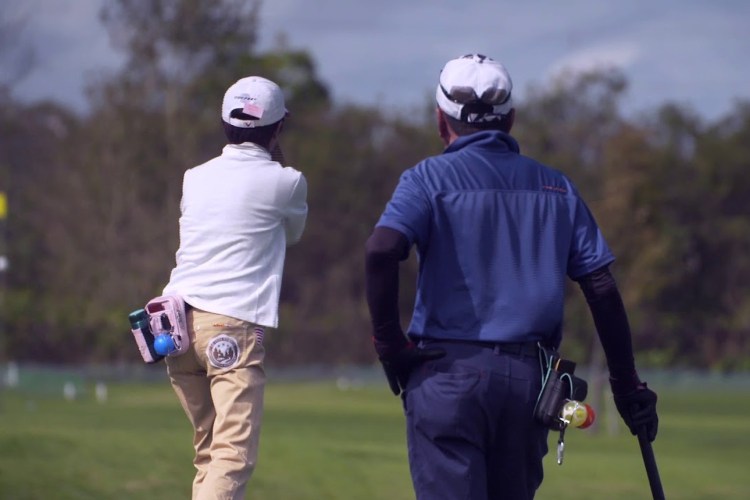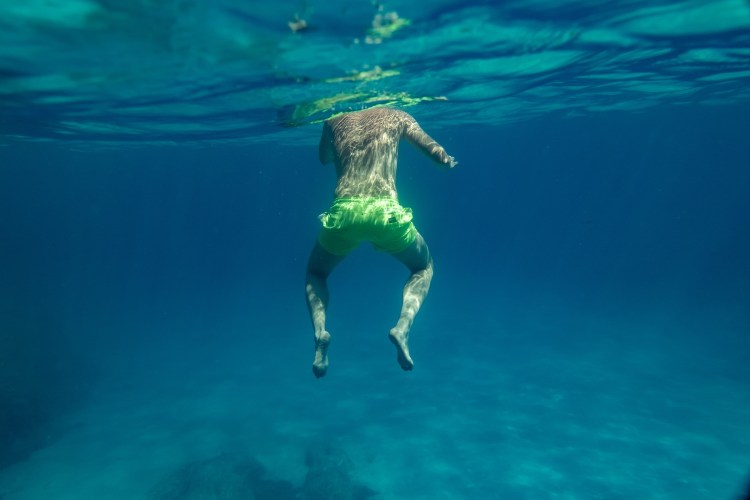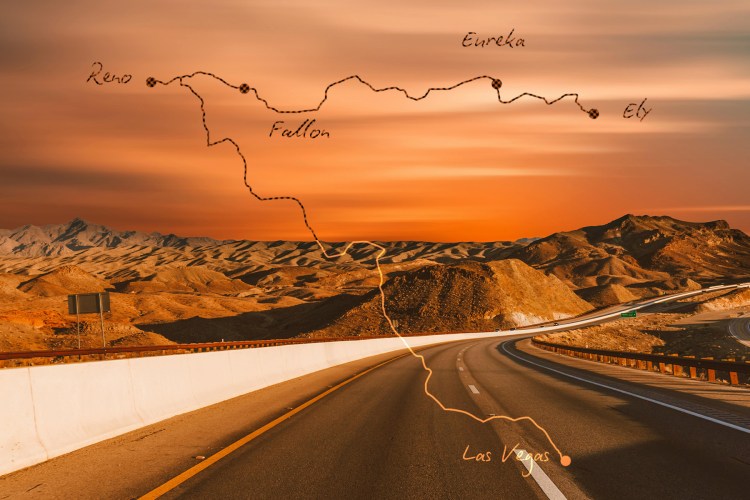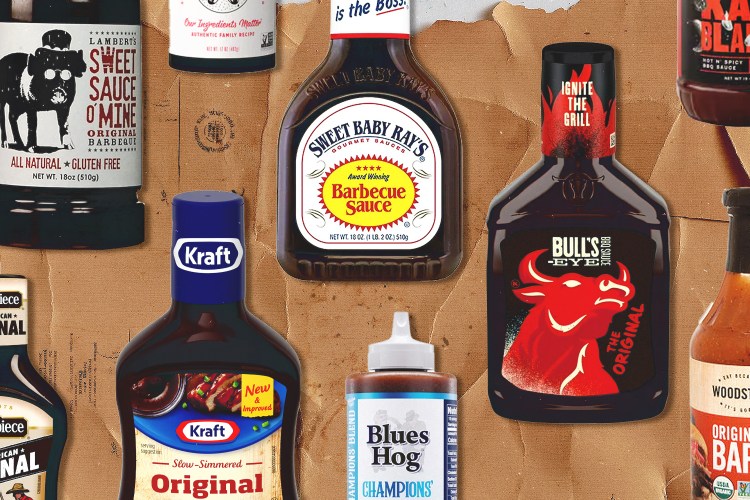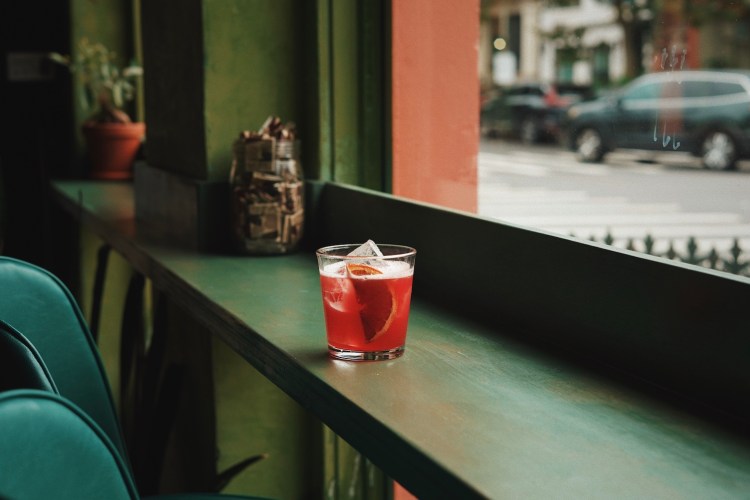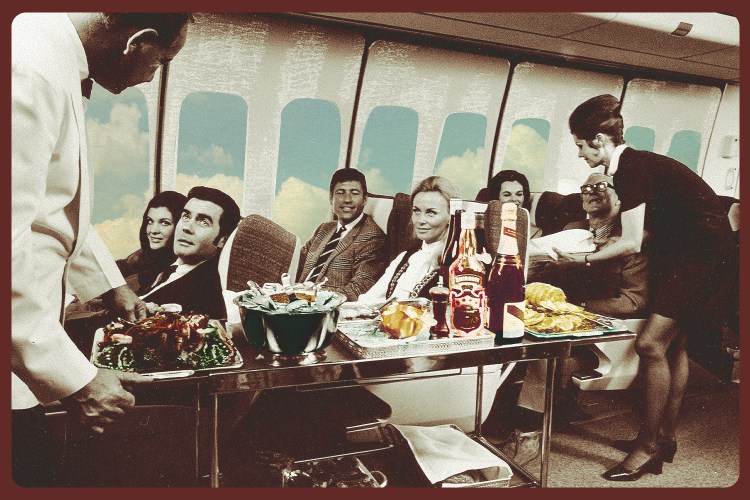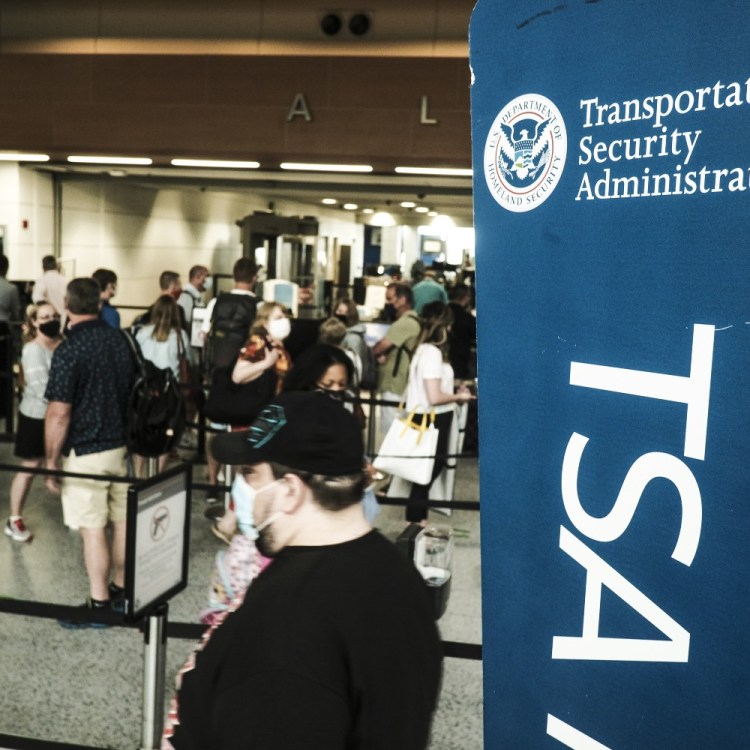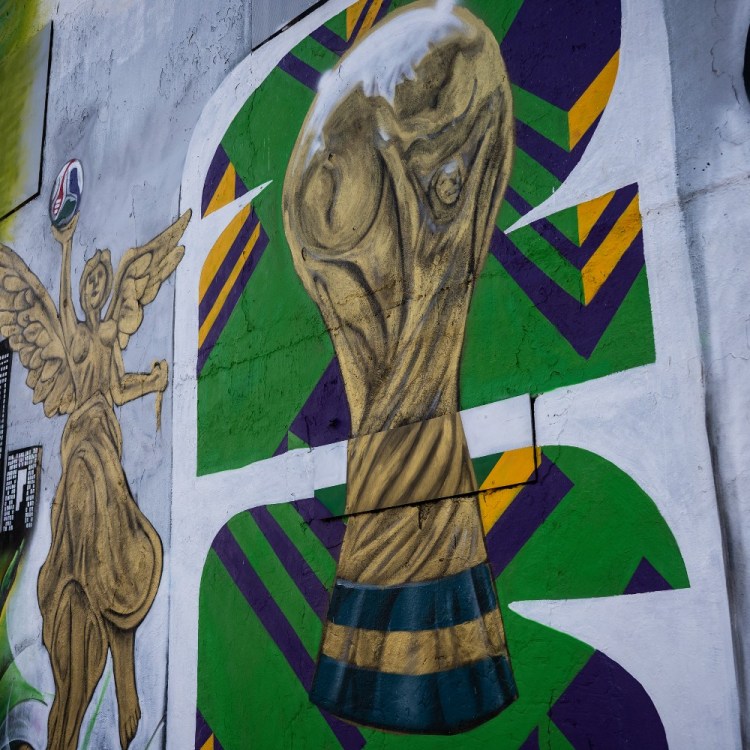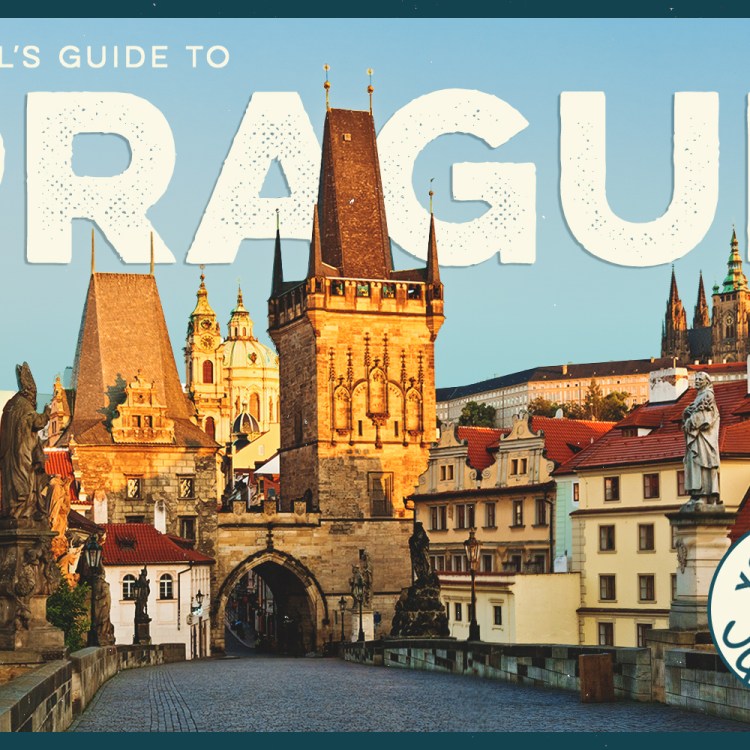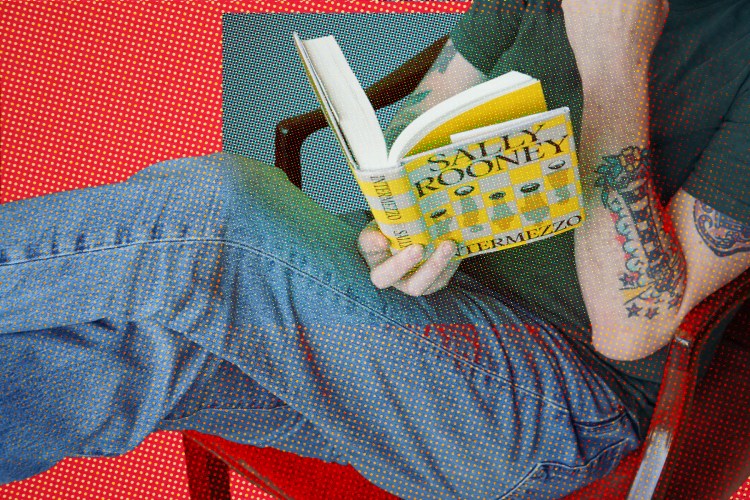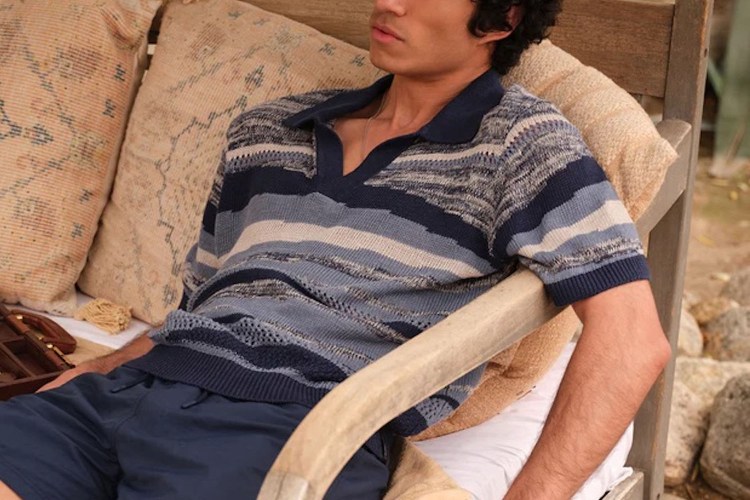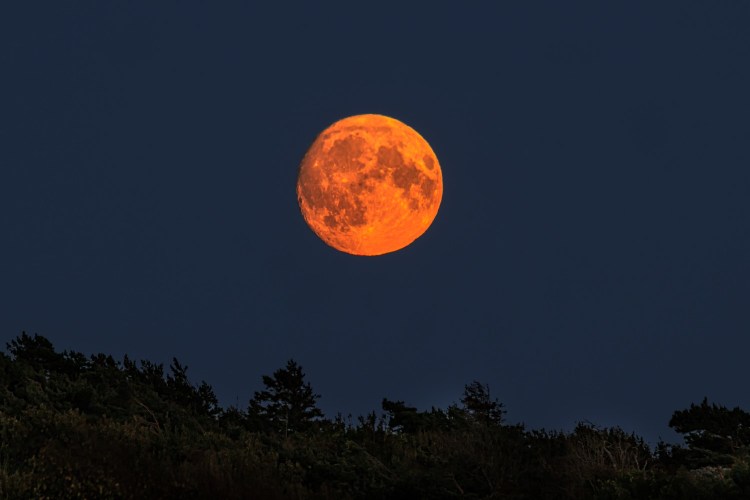Ernest Hemingway wore many hats in his enigmatic lifetime. He was a writer, a fisherman, a bon vivant, an expat, a father, a husband four times over and a philanderer. He was also, as evidenced by his globe-trotting stories and overstuffed address book, a traveler. Much is said of Hemingway’s affection for places like Cuba, Paris and Key West, where a look-alike contest is an annual affair just down the road from his French Colonial home filled with six-toed cats. But out west, one underrated state became his oasis. For Hemingway, Idaho was more than a retreat; it was a creative sanctuary where he felt a cultural connection. For Idaho, conversely, the relationship with one of the world’s most prominent novelists paved the way for the world’s first travel influencer.
The year was 1939. Well over half a century before social media, Idaho’s newly opened Sun Valley Ski Resort invited the writer to spend a few days, in exchange for being photographed using the facilities, with the hopes of increasing publicity. The whole premise sounds like standard fodder for press trips today, which basically makes Hemingway the original influencer. And that fortuitous first trip proved mutually beneficial, as Hemingway was able to bolster notoriety for the new resort, while Idaho was able to woo a seminal figure in American literature. No one, though, was more influenced by that trip than Hemingway himself. The author returned time and again, until his death there in 1961.

He returned several times for vacation throughout the ‘40s, often inviting famed friends to accompany him, like actor Gary Cooper and photographer Robert Capa. Over time, Idaho became a refuge. For Hemingway, his adopted home speaks to the kinship he felt with a place known for welcoming outsiders and immigrants — a place that presented new opportunity and a new frontier. Since the turn of the 19th century, Basque immigrants have flocked to Idaho, where the opportunities were as fertile as the land, and where they could easily translate their home-grown skills as sheepherders. Early on, Idaho developed a reputation as a place where young men could migrate, establish jobs and start families. Their wives were the ones who established Basque boardinghouses and restaurants. Hemingway, a longtime admirer of Basque culture, felt that same sense of welcome as an outsider, drawn to make a life for himself in a community unlike anywhere else he called home.
This Montana Valley Was “Paradise” for Jimmy Buffett
Where the cheeseburgers come with a scenic backdropBeyond the bucolic beauty and serenity of the region, it was the Basque culture and cuisine that calcified Hemingway’s fondness for the region. Ever since he first attended the Festival of San Fermín in Pamplona in 1923, he was transfixed. So much so that he returned to the festival the following year, and despite getting gored while running with the bulls, he wrote his first novel, The Sun Also Rises, about expats traveling from Paris to Pamplona for the festival. Subsequent stories, Death in the Afternoon and The Dangerous Summer, both detail his leisure trips to the Irati River, exhibiting a true love for Basque Country.
Years later in Idaho, he befriended local Basques, like Pía Arriaga, Gloria Batis, Epi Intxausti and Andrés Bengoa. He became a regular at Basque establishments such as The Tram Club, and attended the community’s marquee event, the Basque Sheepherder Ball, in Boise in 1947. It’s here in Boise, about 150 miles directly west of Sun Valley, and home to the largest Basque population outside of literal Basque country, where the Basque Museum & Cultural Center features an in-depth exhibition, on loan from Spain’s Euskal Herria Museoa, on Hemingway and his time in the state. On display in Boise through the fall, the exhibit elaborates on the author’s love for Basque culture all over the world, and its enduring influence on him.
Even while living in Cuba, Hemingway kept his Basque affinity front-and-center, befriending Basque-Cuban Paco Garay and frequenting frontons (Basque handball courts) to watch pelota games. He even had his own box at a prominent fronton, El Palacio de los Gritos, emblazoned with the phrase, “All the Basques are welcome” carved into it. In 1960, Hemingway and his fourth wife were forced by the U.S. government to leave Cuba. In seeking out a new permanent residence, they opted to return to Sun Valley — a place that always embodied solace for the writer. While living here, Hemingway wrote portions of some of his most significant works, including For Whom the Bell Tolls, A Moveable Feast and Islands in the Stream.

At this point, however, his mental health was spiraling, culminating with his suicide in the town of Ketchum a year later. In the wake of his death, Idaho’s Basque community rallied around the man they adopted as their own. Savino Uberuaga tended to all condolence calls, Joe Goicoechea cleaned the room where he died and the latter’s two sons, Cliff and Bobby, were altar boys at his funeral. That house where he lived and died, along with its 13.9 acres on the Big Wood River, is listed on the National Register of Historic Places. Meanwhile, visitors can pay respects at the Ketchum Cemetery where he’s buried, or at the Hemingway Memorial just east of Sun Valley Lodge, which reads, “Best of all he loved the fall. The leaves yellow on the cottonwoods. Leaves floating on the trout streams. And above the hills the high blue windless skies…now he will be a part of them forever.”
Even in death, Hemingway’s influence leaves resounding impact. Ever since his first fateful trip in 1939, the photographs and stories that remain depict a man at his creative best, stirred by the solace of Idaho’s pastoral terrain and the embrace of its Basque people. Mostly, though, as exemplified by the museum exhibits and novels left behind, they depict a man — so often mired by vices — at peace and at home. For a world traveler like Hemingway, it’s an authentic endorsement that transcends influence.
Today, travelers to Idaho can experience Basque culture all their own. The Basque Block in downtown Boise is the epicenter of Idaho’s Basque community, home to the Basque Museum & Cultural Center, along with a variety of Basque restaurants, bars and events. Sample the chorizos and kalimotxos at Ansots Basque Chorizos & Catering, shop for Basque food and wine at The Basque Market, pair croquetas with beer at Bar Gernika, partake in pintxos and pala games at the San Inazio Festival and make like Hemingway and attend the annual Sheepherders Ball. Like the author, you might feel influenced to return time and again.
This article appeared in an InsideHook newsletter. Sign up for free to get more on travel, wellness, style, drinking, and culture.

